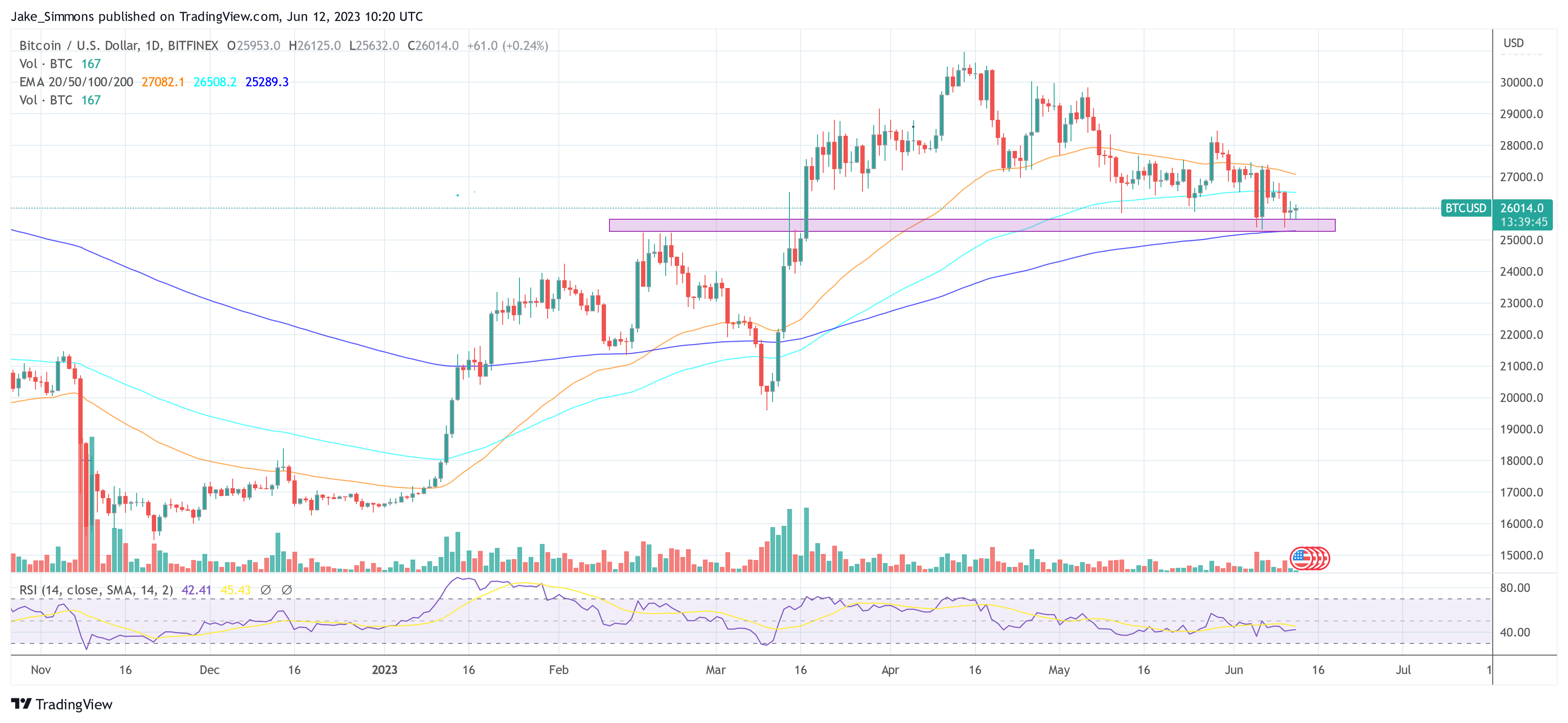- June 12, 2023
- Posted by: admin
- Category: BitCoin, Blockchain, Cryptocurrency, Investments
Bitcoin Inscriptions have created a huge hype in recent months and divided the BTC community into two parts. And the newest upgrade “Recursive Inscriptions” is likely to be no less controversial. The upgrade will allow Inscriptions to “indirectly” break the 4 MB block space limit.
Via Twitter, Luxor’s Charlie Spears wrote that the mastermind behind Ordinal’s Casey Rodarmor “just merged Recursion. Now the real fun begins.” The idea is similar to BRC721. Although the size of each individual inscriptions does not exceed 4 MB, the combined inscription can break that limit now.
Casey just merged Recursion. Now the real fun begins.
Inscriptions 2.0https://t.co/uRsEQo7bHc
— cbspears ◉ (@cbspears) June 12, 2023
What Do Recursive Inscriptions Bring To Bitcoin?
Earlier this year, the Ordinals protocol introduced the ability to fully inscribe any file on the chain if it was smaller than 4MB. Another limitation was that different inscriptions did not know about each other and could not reference each other.
With the introduction of Recursive Inscription, this will change. As summarized by a prominent Ordinals member known on Twitter as “Leonidas.og”, inscriptions will now be able to use a special syntax to request the contents of other inscriptions. The new use cases this will open up are huge, according to Ordinals supporters.
“For example, rather than inscribing 10,000 JPEG files for a PFP collection individually which would be quite expensive, you could inscribe the 200 traits from the collection and then make 10,000 more inscriptions that each use a small amount of code to request traits and programmatically render the image”, explains Leonidas. This would have saved over a million dollars in transaction fees in the case of Bitcoin Apes.
Moreover, in addition to the existing JPGs, 3D art could now find its way onto the blockchain. “But we can think even bigger,” writes Leonidas, who sees another new use case in uploading code packages for complex applications.
OrdinalHub writes via Twitter that the BTC Core client, for example, could be stored on the blockchain. Bitcoin Core is around 15 MB in size and was therefore previously too large due to the block size limit. Again, recursive inscriptions are the solution:
Imagine we could split up parts of Bitcoin Core, load just an executable frontend, and the program “calls” the code it needs from other inscriptions. You’re now running Bitcoin ON Bitcoin.
Moreover, according to the Ordinal’s community, complex 3D video games could soon run entirely on Bitcoin. Developers could split games into multiple inscriptions containing different pieces of code and display them in a single inscription. Leonidas concludes:
The sky is the limit. Bitcoin is essentially getting an internal internet where every file can request data from the other files on Bitcoin. […] Explorers such as the official ordinals explorer and ord.io will soon support recursive inscriptions effectively turning them into a BTC web browser. Have fun surfing Bitcoin!
All in all, it remains to be seen how the new Ordinals upgrade will be received by the community. However, controversial discussions seem to be guaranteed.
At press time, BTC traded at $26,014, up 1.1% in the last 24 hours.
